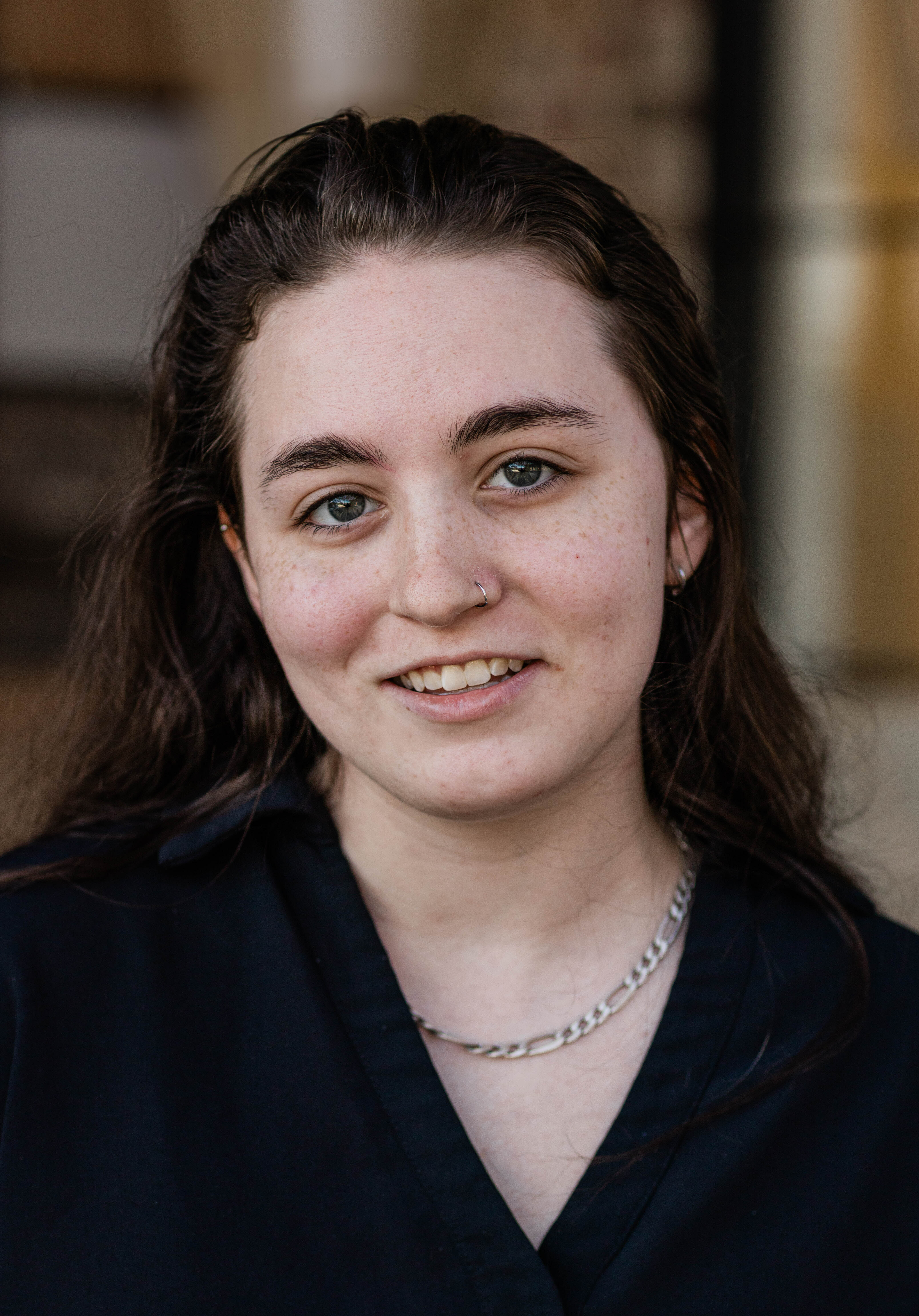All HiSET: Math Resources
Example Questions
Example Question #107 : Hi Set: High School Equivalency Test: Math
On the coordinate plane, let 









The midpoint of a segment with endpoints at 

Substitute the coordinates of 





Substitute the coordinates of 





To perform the translation 

on a point, it is necessary to add
to its 
to its 
Therefore, the 


its 
The image of 

Example Question #11 : Understand Transformations In The Plane
Consider regular Hexagon 
On this hexagon, perform the translation 



Which point on Hexagon 

The translation 






If the image is reflected about 






Example Question #12 : Understand Transformations In The Plane
Consider regular Hexagon 
On this hexagon, perform the translation 




Which of the following correctly shows Hexagon 







The translation 




If this new hexagon is rotated clockwise 




Removing the intermediate markings, we see that the correct response is

Example Question #53 : Measurement And Geometry
Consider regular Hexagon 
On this hexagon, perform the translation 


Let 




The translation 





If this new hexagon is rotated 







Example Question #54 : Measurement And Geometry
On the coordinate plane, let 









By definition, a median of a triangle has as its endpoints one vertex and the midpoint of the opposite side. Therefore, the endpoints of the median from 






The midpoint of a segment with endpoints at 


so, substituting the coordinates of 




See the figure below:

To perform the translation 

on a point, it is necessary to add
and
to the 



or

Example Question #11 : Translations
Consider regular Hexagon 
On this hexagon, perform the translation 


Let 




The translation 





If this new hexagon is rotated clockwise 







Example Question #14 : Understand Transformations In The Plane
What is the result of rotating the point 

Rotating a point
geometrically in the plane about the origin 

Thus, since our initial point was
we negate both coordinates to get
as the rotation about the origin by 
Example Question #57 : Measurement And Geometry

Examine the figures in the above diagram. Figure 2 is the result of performing which of the following transformations on Figure 1?
The diagram below superimposes the two figures:

The transformation moves the black diagonal to the position of the red diagonal, and, consequently, points 



Example Question #58 : Measurement And Geometry

Rotate the above figure 



None of the other choices gives the correct result.


A counterclockwise rotation of 


In the right figure, the question mark has been turned one-eighth of a complete turn counterclockwise. This is the correct orientation.
Example Question #11 : Understand Transformations In The Plane

Let 



Rotate the above hexagon 




A 


The image of 


Now, locate the midpoints 



It can be seen that the image of 


Certified Tutor
All HiSET: Math Resources






















































